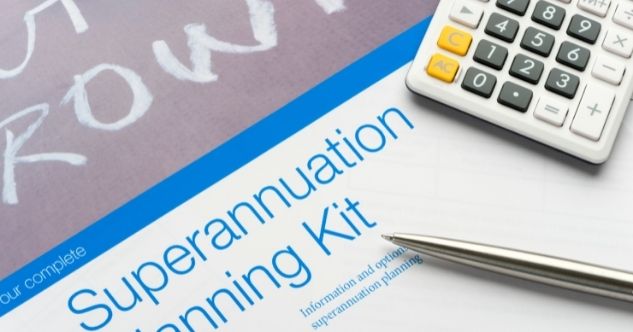
Super Changes
There have been recent changes to Superannuation legislation that may impact you.
Removing the monthly minimum threshold for salary or wages to count towards the superannuation guarantee
With effect from 1 July 2022, the current $450-a-month threshold before an employee’s salary or wages count towards the Superannuation Guarantee (SG) has been removed. This increases an employer’s payroll liability where they have casual employees who were earning less than $450 a month and prior to 1 July 2022 was not required to contribute 10% of their salary and wages to superannuation.
First home super saver scheme maximum releasable amount
The maximum amount of voluntary contributions made over multiple financial years that are eligible to be released under the First Home Super Saver Scheme has been increased from $30,000 to $50,000. Voluntary contributions made from 1 July 2017 up to the existing limit of $15,000 per year will count towards the total amount able to be released.
This change applies to requests made on or after 1 July 2022 for the (ATO) Commissioner to make a First Home Super Saver determination.
Reduced eligibility age for downsizer
Currently, individuals aged 65 and above can make a downsizer contribution to their superannuation plan from the proceeds of selling their home. The eligibility age for downsizer contributions will decrease from 65 to 60 from 1 July 2022.
The eligibility age is tested at the time the contribution is made to the superannuation fund and not the time their home is sold (contract date), or when settlement occurs.
Work test reforms for superannuation contributions
With effect from 1 July 2022, a new provision applies the ‘work test’ to individuals aged between 67 to 75 years who wish to claim a deduction for personal superannuation contributions.
The change is the first step towards repealing the existing work test that applies to non-concessional and salary sacrifice contributions.
This means that from 1 July 2022, an individual, aged from 67 up to 28 days after the end of the month in which they turn 75, will only be able to claim an income tax deduction for a personal superannuation contribution where:
- They had been gainfully employed for at least 40 hours in any period of 30 consecutive days during the income year in which the contribution was made; or
- All of the following are satisfied– the individual
- Met the ‘work test’ in the previous income year;
- had a total superannuation balance (TBS) of less than $300,000 at the end of the previous income year;
- had not deducted a contribution in the previous income year or any earlier income years on the basis of this exemption (the less than $300k TSB rule). That is, like the rule that currently exists in the SIS Regulations, the individual can only use it once.
Amendment to the bring forward rule for non-concessional contributions
The cut-off age for the bring forward rule in relation to non-concessional contributions will be increased from 67 to 75 from 1 July 2022.
This means that individuals aged 67 to 74 years (inclusive) who were not previously able to bring forward non-concessional contributions due to their age may do so, starting in the 2022-23 financial year. It also presents an opportunity to effectively utilise an individual’s non-concessional cap in a future year where the member was over age 75 and the trustee would not generally be able to accept a personal contribution.
Segregated current pension assets – ECPI choice measure
The exempt current pension income (ECPI) calculation rules are amended to allow SMSF trustees to choose how to calculate exempt current pension income (ECPI) where the fund has both retirement phase and non-retirement phase interests and a period of ‘deemed segregation’. This measure will apply from the current 2021-22 income year.
Patrick Rowan & Associates.




Find us elsewhere